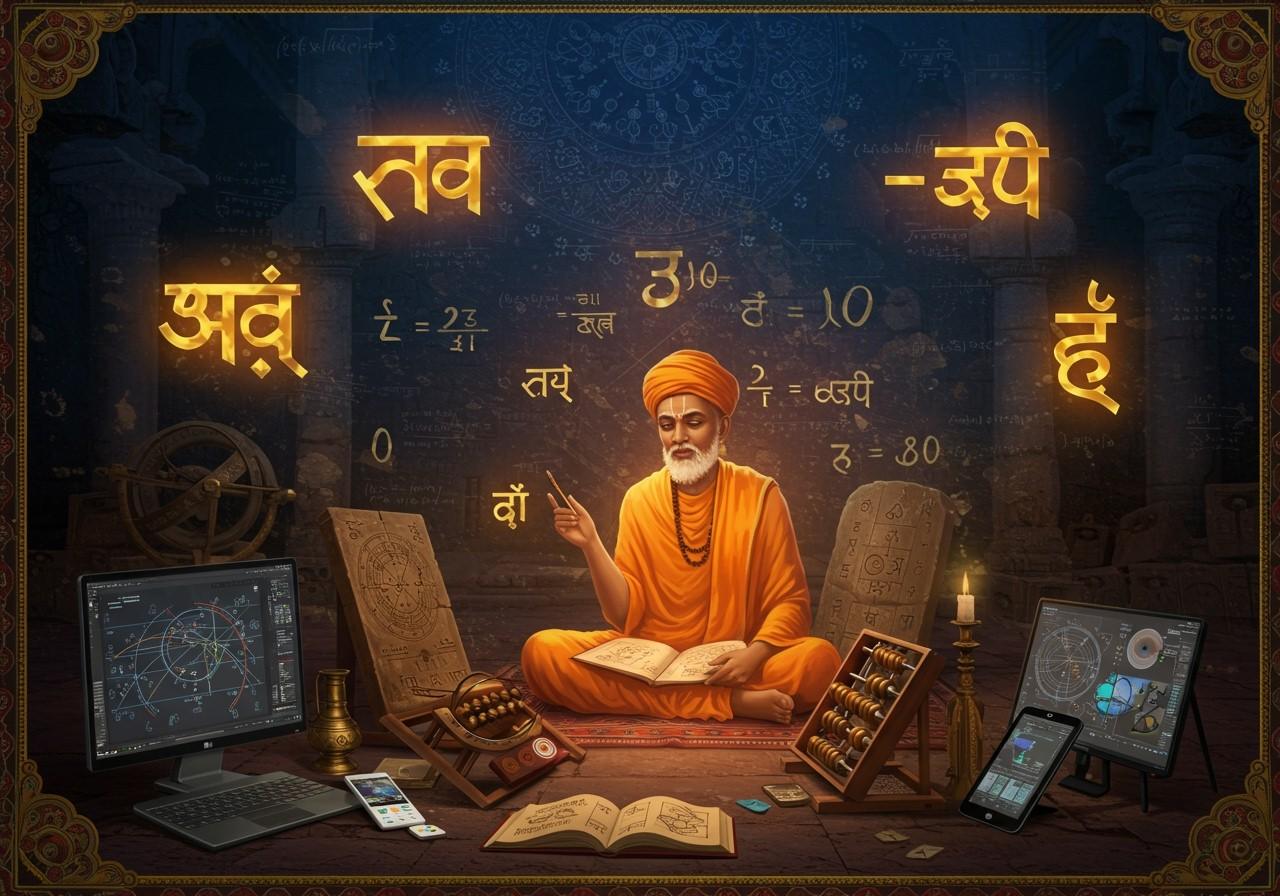
The Indian numeral system, often called the Hindu-Arabic numeral system, is more than just a set of symbols. It has profoundly shaped modern mathematics, science, and commerce. Exploring its origins and evolution reveals India’s significant contributions to global knowledge.
Origins and Development
The system’s roots lie in ancient India, evolving from the Brahmi numerals used around 300 BCE. These numerals eventually transformed into the familiar Hindu-Arabic numerals we use today. A key innovation was the decimal place value system, a crucial development for complex calculations. Mathematicians like Aryabhata and Brahmagupta (active between the 5th and 7th centuries CE) were instrumental in this advancement. Initially, these numerals were used within India for trade, astronomy, and scientific calculations.
The Concept of Zero (‘Shunya’)
The introduction of zero by Indian mathematicians revolutionized mathematics. This concept simplified calculations and paved the way for the development of algebra and calculus. The zero glyph, a crucial element of the system, enabled positional notation and efficient representation of numbers.
Global Spread and Influence
The Hindu-Arabic numerals spread from India through various channels:
- Arab Traders and Scholars: These individuals played a vital role in transmitting the knowledge of Indian numerals to the Islamic world. Scholars like Al-Khwarizmi (c. 780 – c. 850 CE) and Al-Kindi (c. 801 – 873 CE) were instrumental in documenting and disseminating the system.
- Europe: During the Middle Ages, Europe adopted these numerals, replacing the less efficient Roman numerals. This adoption transformed European mathematics and commerce, laying the foundation for scientific advancements during the Renaissance and beyond. Despite initial resistance due to the system’s perceived Muslim origins, its advantages led to widespread adoption.
Impact on Science and Technology
The Hindu-Arabic system significantly impacted scientific and technological progress:
- Astronomy: The system facilitated advancements in astronomy by simplifying complex calculations related to planetary motion and celestial mechanics. Astronomers like Nicolaus Copernicus (1473-1543) and Johannes Kepler (1571-1630) relied on these numerals for their groundbreaking work.
- Engineering and Physics: Precise measurements and complex computations became possible, leading to advancements in various fields. The system’s efficiency enabled engineers and physicists to develop new technologies and refine existing ones.
- Modern Computer Science: The Hindu-Arabic numerals, particularly the concept of zero and the binary system (using 0 and 1), are fundamental to modern computing. They paved the way for algorithms, data storage, and encryption techniques that underpin today’s digital world.
International Form and Everyday Use
The Indian numerals evolved into their current international form, standardized and adopted by the International System of Units (SI). These numerals are ubiquitous in our daily lives – from digital clocks and financial transactions to scientific measurements and computer programming.
Cultural and Educational Significance
Within India and its diaspora, the numeral system holds significant cultural value. It is integral to education, preserving mathematical heritage, and featuring in traditional rituals and practices. This system fosters a sense of pride and identity among Indians globally.
Poojn.in proudly supports India’s rich cultural heritage. Explore our collection of authentic puja items, including those related to Hindu numerical traditions and sacred mathematics, at www.poojn.in. Our offerings include:
- Yantras: Discover intricately designed yantras featuring sacred geometric patterns, available in various materials and sizes.
- Sacred Thread (Mauli): Find high-quality mauli in specific numbered strands for various rituals and ceremonies.
- Traditional Measuring Tools: Explore our selection of traditional measuring tools used in puja ceremonies, crafted with authentic materials.
For product inquiries or guidance on selecting items based on traditional numerical significance, contact our customer service team at 91 7908548235.
Conclusion
The Indian numeral system, with its deep roots in ancient India, has indelibly impacted the world. From the revolutionary concept of zero to the efficient decimal place value system, Indian mathematicians have made lasting contributions. By understanding and appreciating this legacy, we celebrate a rich heritage that continues to shape our world.
Poojn.in invites you to explore our collection of puja items, including those related to traditional number systems. Visit Radha Krishna Bigraha, Maa Laxmi Lord Ganesha Murti, and Dhana Laxmi Ganesh Ji Ki Murti to enhance your spiritual practice.


